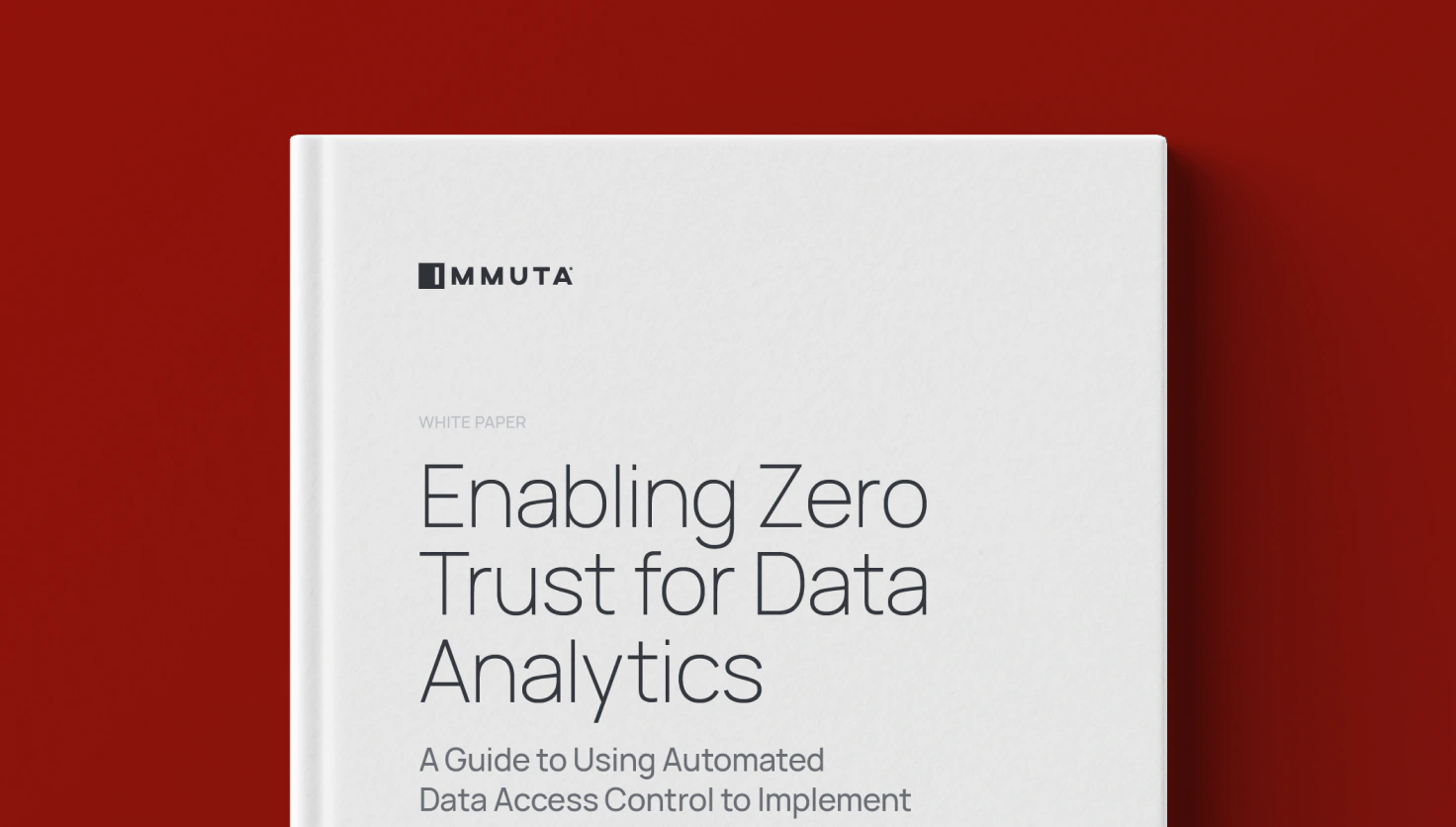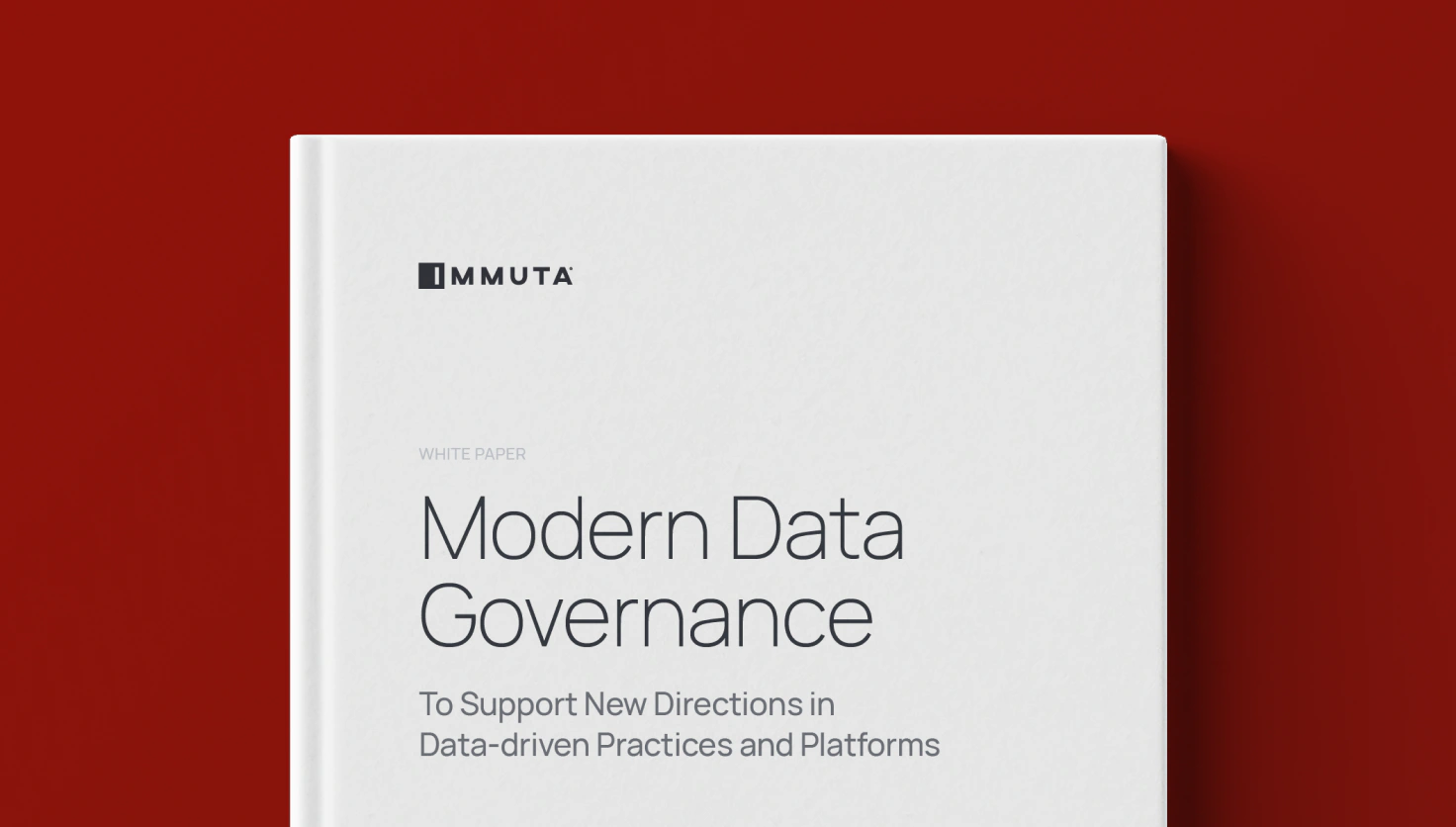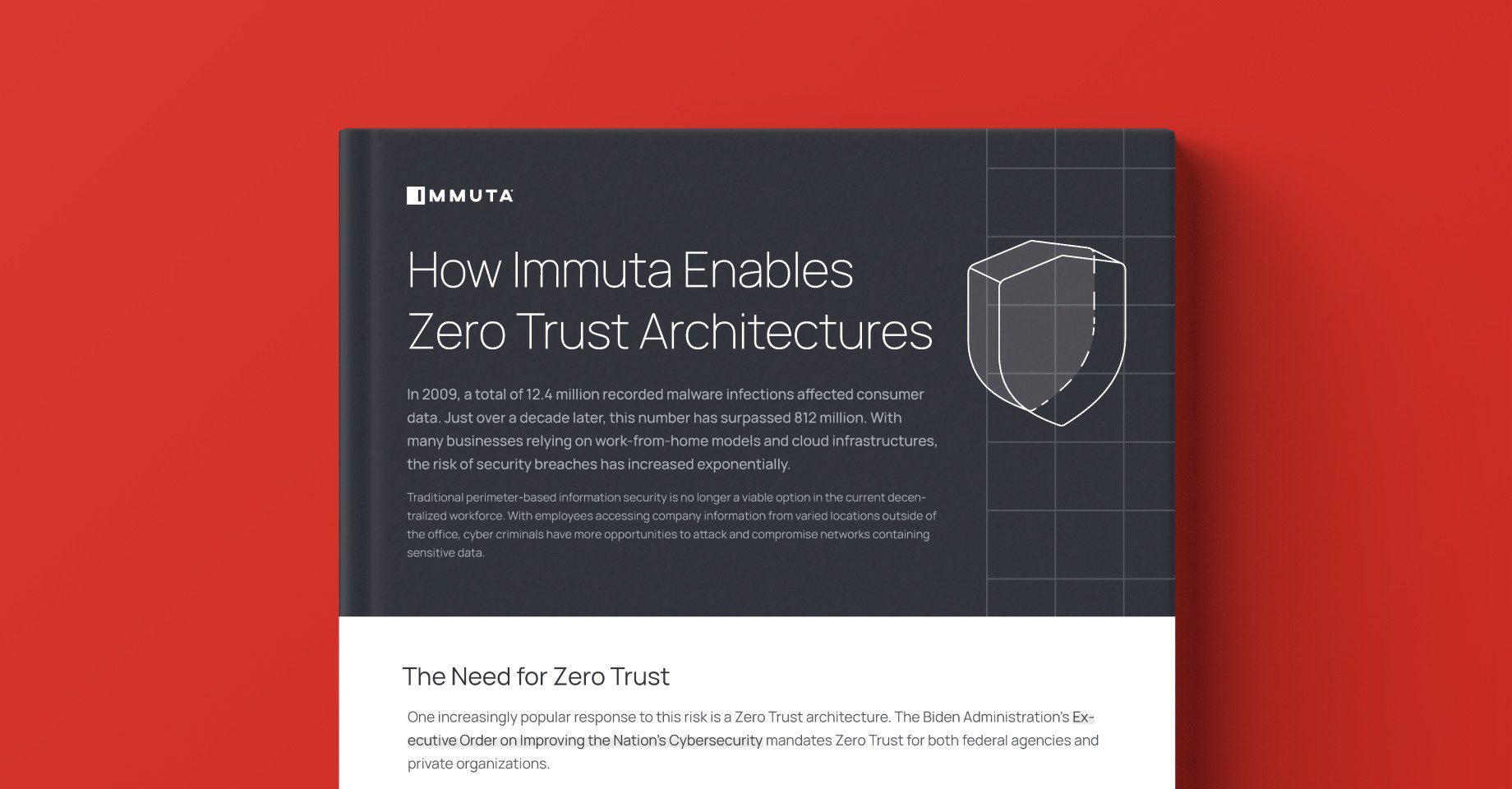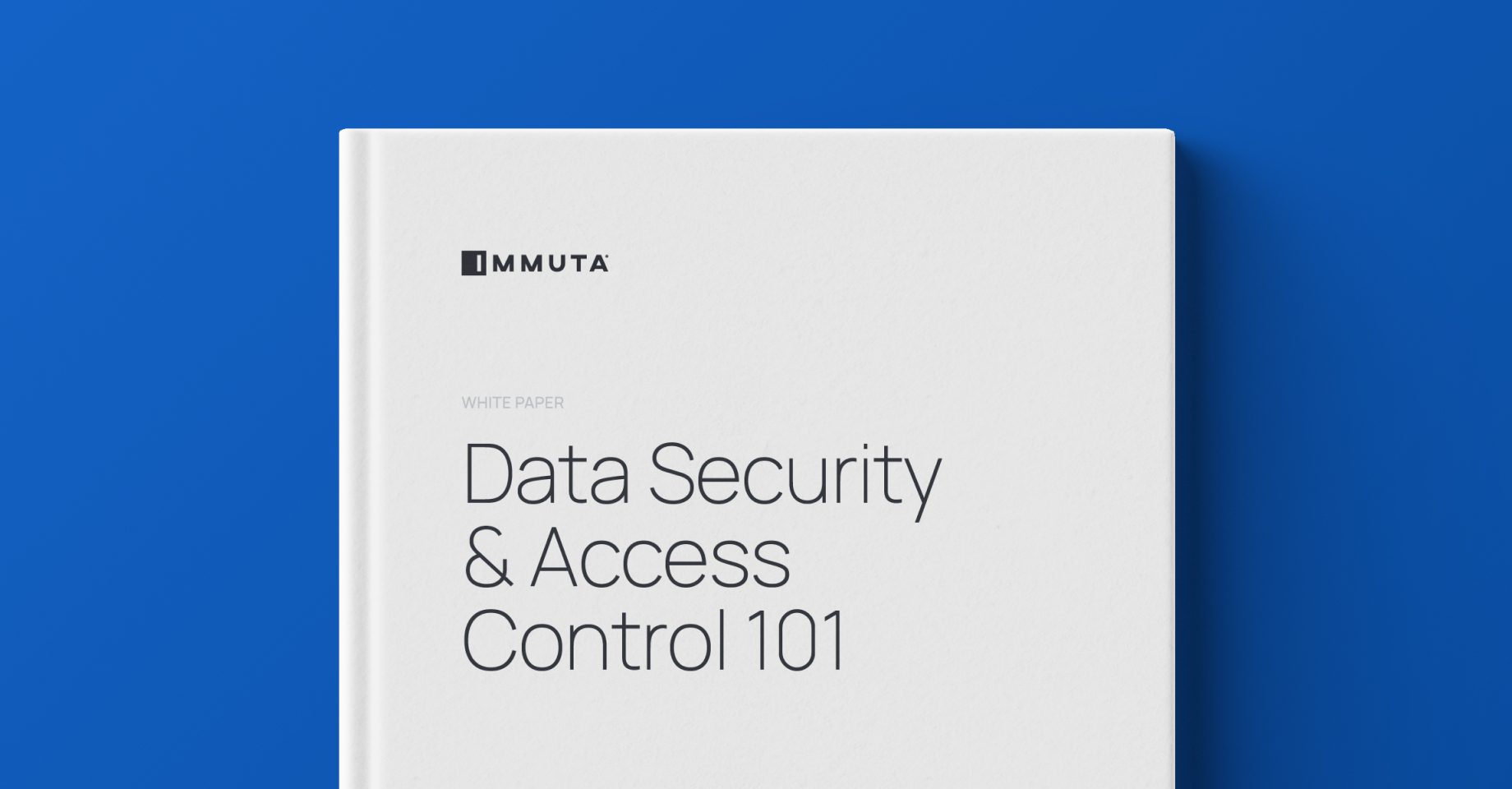Enabling a Zero Trust Model for Data Analytics

For organizations in the public and private sectors, zero trust is the future of data security. With the rise of remote work, bring your own device (BYOD), and cloud-based operations, zero trust models help protect digital assets in a perimeterless world.
The zero trust framework assumes that all devices, users, and applications are potential threats, and therefore requires continuous verification before access can be permitted. This “never trust, always verify” approach is highly effective for data security, but teams often find that it comes at the expense of delays to data access. A successful zero trust architecture requires a streamlined, integrated way to verify user access rights at query runtime.
In this playbook, you’ll learn:
- What exactly the zero trust model is and why federal agencies are rapidly adopting it
- Challenges in implementing zero trust and their impacts on traditional processes
- Why zero trust models require a modern approach to data security that includes dynamic policy enforcement and auditing
- How adopting automated data security and access control can enable self-service data analytics at scale, without sacrificing speed or protection


